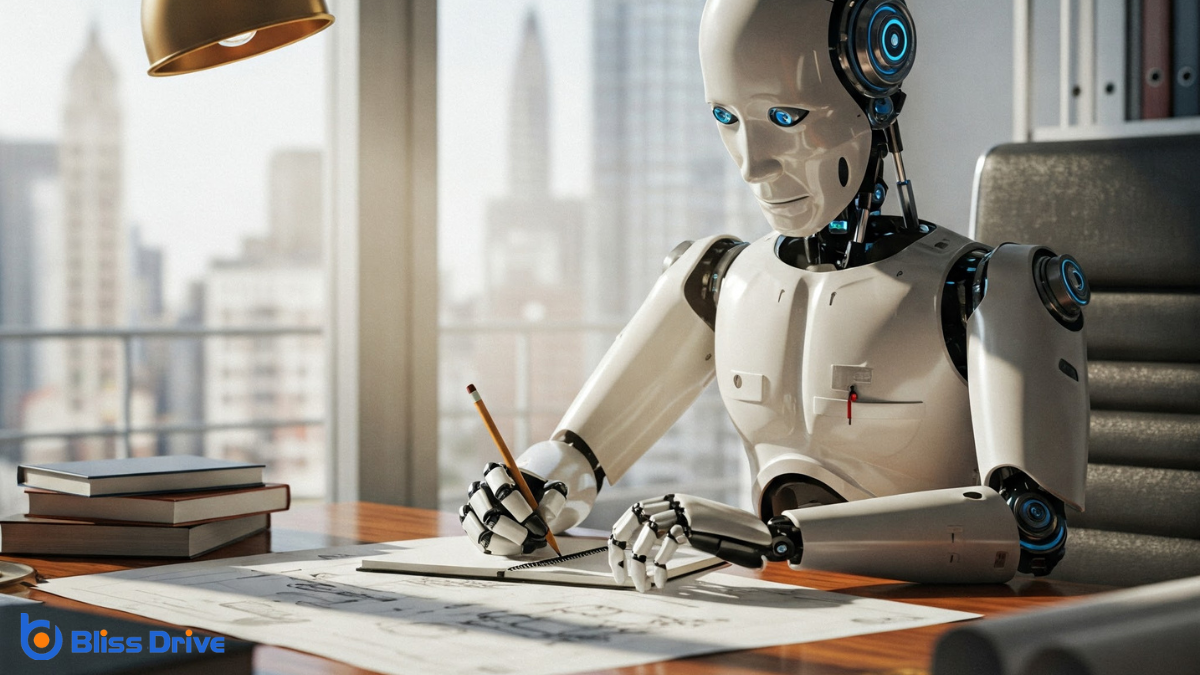Learn More About Us

Event schemas are mental frameworks that help you understand, organize, and anticipate events in life, making daily routines more manageable. They enhance communication by allowing you to predict social cues, improve learning by linking new information to familiar experiences, and enable smoother social interactions. Additionally, they guide the development of human-like AI systems by allowing them to mimic human behavior. With this foundation, you'll discover how event schemas impact cultural norms and everyday practices.
Understanding daily routines often provides insights into how we structure our lives and manage our time. You probably notice patterns in your day, like waking up, getting ready, and heading to work or school.
These routines are more than habits; they’re frameworks guiding you through daily tasks efficiently. A well-organized routine helps you prioritize activities, ensuring essential tasks aren’t overlooked. It also reduces stress by providing a sense of control over your day.
When you recognize these patterns, you can make conscious adjustments to improve productivity or find more time for relaxation. Reflect on your daily routine to see where you can streamline processes.
Doing so lets you create a balanced lifestyle that supports your goals and enhances your well-being.

To enhance your communication skills, focus on building rapport through genuine connections.
Pay attention to nonverbal cues like body language and facial expressions, as they can speak volumes.
Practice active listening by giving your full attention and responding thoughtfully to others.
While building rapport might seem like a natural skill for some, anyone can learn techniques to enhance their communication skills.
Start by actively listening to others. This means truly focusing on the speaker, acknowledging their points, and responding thoughtfully. Show genuine interest by asking open-ended questions, which encourages more detailed responses and shows you value their perspective.
Additionally, finding common ground helps establish connections. It could be shared experiences, mutual interests, or similar values. Pay attention to your tone and choice of words to maintain positivity and respectfulness.
Building rapport through verbal techniques is just one part of effective communication. Nonverbal cues greatly enhance your interactions. Every gesture, facial expression, and posture speaks volumes even when you’re silent.
When you nod while listening, you show understanding and agreement, making others feel valued. Maintain eye contact to convey confidence and interest. Your posture matters too—standing or sitting up straight can demonstrate attentiveness and respect.
Be mindful of your facial expressions; a genuine smile can create a positive atmosphere. Even the way you use your hands can emphasize key points, adding clarity to your message.
Active listening transforms mere hearing into a powerful tool for effective communication. By engaging actively, you demonstrate empathy and understanding, which in turn fosters trust.
Here’s how to enhance your active listening skills:
To harness the full potential of your memory, it's crucial to understand the role of event schemas in the learning process. Event schemas are mental frameworks that help you organize and interpret information based on past experiences. By using these schemas, you can quickly process new information and relate it to what you already know, making learning more efficient.
When you engage with new material, try connecting it to familiar events or concepts. This approach strengthens neural pathways, enhancing recall and retention.
Additionally, consistently reviewing and applying what you learn reinforces these schemas, solidifying your memory. Focus on creating vivid mental images and emotional connections to boost your understanding.
While understanding event schemas enhances learning and memory, it also plays an essential role in social interactions.
You've probably noticed how effortlessly you navigate social situations. That's event schema at work.
Here’s how it facilitates interactions:

When designing AI systems that feel more human, focus on enhancing interaction capabilities to make exchanges natural and engaging.
You'll need to improve the AI's contextual understanding, so it can respond appropriately in varied situations.
As AI systems continue to evolve, enhancing their interaction capabilities becomes crucial for designing human-like experiences.
You want AI to understand and respond naturally, right? Event schemas play an essential role here, providing a framework that guides AI in simulating human-like interactions.
Here’s how:
To design AI systems that truly mirror human interaction, improving contextual understanding is essential. You need to teach AI how to interpret the nuances of human communication.
Event schemas come into play by providing frameworks that help AI comprehend the context of conversations. By employing these schemas, AI can better understand situations, infer intent, and predict outcomes, much like you do naturally.
Consider how you grasp the meaning behind someone's words based on the context in which they're spoken. AI must learn to do the same.
Cultural norms and practices don’t just emerge; they’re shaped and influenced by a myriad of events and interactions. You may wonder how event schema plays a role in this. Here’s how:
Understanding these points helps you see how event schema molds cultural landscapes. Each event is a piece of the puzzle that shapes how you and others perceive and interact with the world.
Incorporating event schemas into your life can greatly enhance your daily experiences. By understanding daily routines, you can streamline your tasks and boost productivity. Better communication skills and improved learning and memory are at your fingertips, enabling you to connect and retain information more effectively. You'll find your social interactions smoother and more intuitive, while also having a hand in shaping cultural norms. Plus, you'll contribute to the development of more human-like AI systems, bridging the gap between technology and humanity.
